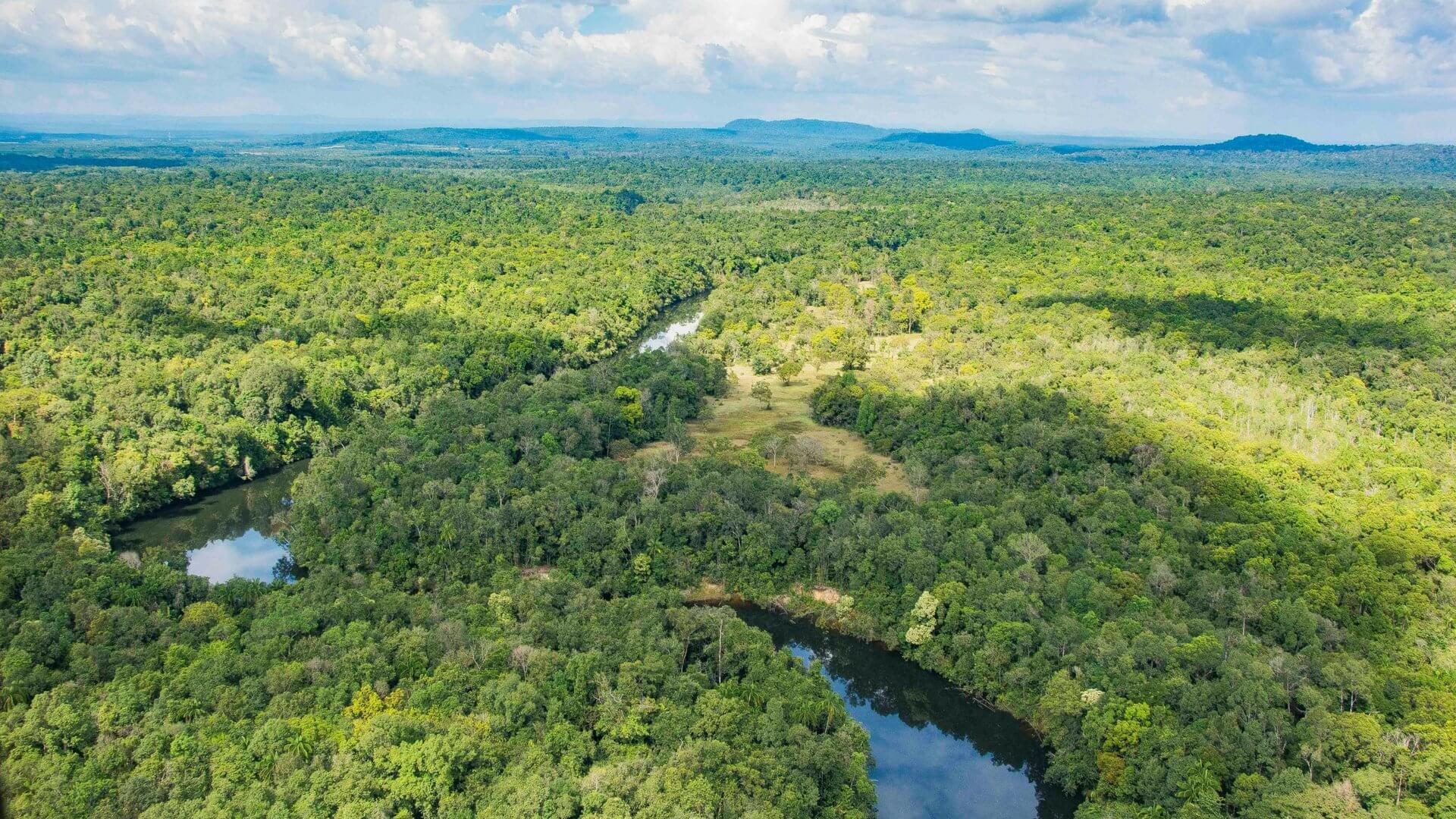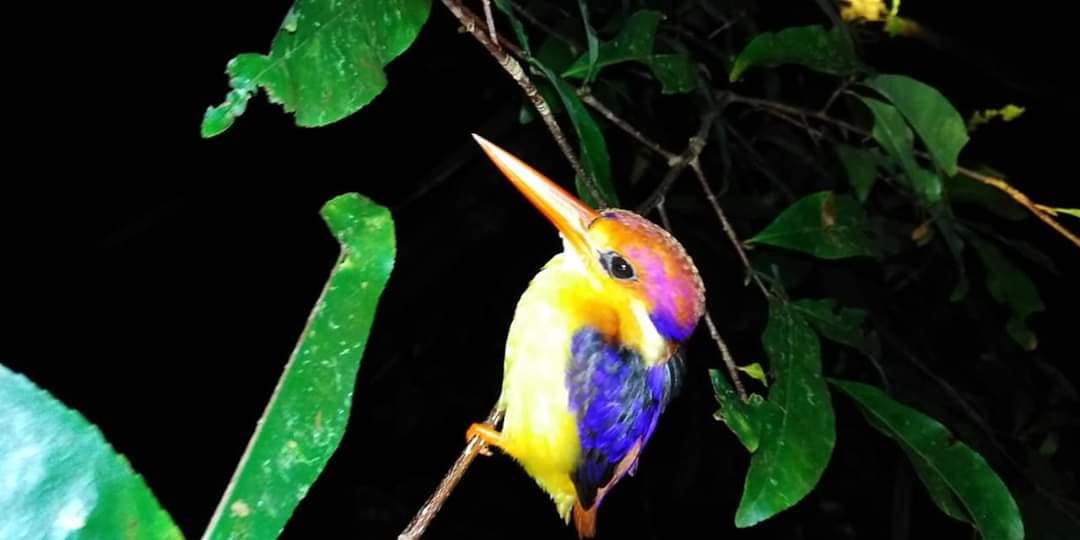The Best Places for Ecotourism in Cambodia
Ecotourism – defined as responsible travel to natural areas that conserves the environment and improves the well-being of local people – is a relatively new concept in Cambodia, but one that is fast growing in popularity as an alternative way to protect the country’s remaining biodiversity from the threat of development.
Cambodia’s environment has suffered considerably, especially in the last few decades. It is considered one of the most vulnerable countries in Asia by environmental activists and experts. High-canopy rainforest that once covered much of the country has been destroyed by both legal and illegal logging, and with mass deforestation has come the problem of soil erosion in many parts of the country, leading to a loss of fertile topsoil and rendering it useless for farming.
To put things in perspective, in 1970 approximately 70 percent of Cambodia was covered by primary rainforest. By 2007 that cover had been reduced to 3.1 percent. The country’s wildlife has also suffered from poaching, trafficking, and loss of habitat, with an estimated three quarters of wildlife areas destroyed by the ravages of logging.
However, ecotourism is now offering some hope to Cambodia’s remaining ecosystems. For example, with the construction of a new road from the Thai border at Koh Kong-Hat Lek, the Cardamom Mountains – one of the last areas of forest wilderness in mainland Southeast Asia – is fast becoming a popular destination for eco-tours.
Ratanakiri and Mondulkiri provinces, in the east of the country, have also become popular destinations for eco-activities. The dense jungle here is home to 12 different Khmer Loeu ethnic minority groups and destinations like Banlung in Ratanakiri have grown in popularity as alternative destinations for trekking to discover the region’s wildlife, with several conservation and sustainable tourism projects helping to protect the area.
Sustainable tourism means taking responsibility for one’s own actions and the impact they have on the environment. By supporting ecotourism and sustainable conservation projects in Cambodia, you are directly helping to protect the region’s environment from further destruction, while also helping to change the local mindset about the benefits of sustainable tourism practices for the local economy.
Here are a few suggestions for some great ecotourism experiences in Cambodia, where you can really appreciate the natural beauty of this country in an environmentally-friendly way.
Botum Sakor National Park
Among the world’s most important ecosystems, Botum Sakor National Park – part of the Cardamom Mountains forest complex – offers visitors a window into the pristine untouched beauty that is the Cambodian wilderness. Community-based tourism is helping to protect its future. The largest national park in Cambodia possesses stunning biodiversity with gently sloping lowlands covered with evergreen forests. Grassland and coastal floodplains meet with the Cardamom Mountains to the north.
Visitors can explore the park from Cardamom Tented Camp, our ecolodge. Visitors can take part in a whole range of outdoor activities, geared towards assisting nature conservation in the park. Our presence in the 18,073-hectare (180 km2) concession was granted to us by the Royal Government of Cambodia in 2009. We directly help to protect this fast-disappearing natural habitat and keep the forest standing.
A fascinating window into Southeast Asia’s fading ecology. Botum Sakor National Park is home to some of the most endangered animal species on our planet, including the critically endangered Indochinese tiger, pileated gibbon, Asian elephant, Sunda pangolin, Bengal slow loris, fishing cat and hog deer.
Nearby is the Chi Phat Community-based Tourism Project (CBT) set up to help protect the region’s diverse ecosystem. Here there are numerous soft adventure opportunities, including bird watching, trekking to stunning waterfalls, kayaking along secluded waterways, and even sleeping overnight in the jungle wilderness with a local guide.
Elephant Valley Project
Elephant Valley is a part of the Elephant Livelihood Initiative Environment (ELIE), an NGO that aims to improve the health and welfare of captive elephants in Mondulkiri Province. While conserving the natural habitat of wild elephants, the project supports the local community as well. This full day with the elephants at the Elephant Valley Project is a wonderful experience for the whole family. It will keep your kids completely captivated and leave you in awe of the gentle Asian giants.
Currently, there are 10 elephants residing at Elephant Valley, with two families of elephants in the jungle. As the staff feeds them, learn about their histories and natural habitat, guests will learn about each elephant’s individual characters. You will also get an overview about their mahouts, the local Bunong people. They are an aboriginal-highland-ethnic group living in the Mondulkiri Province. The Bunong have been in the area for more than 2,000 years, where they’ve maintained a traditional connection with the natural world.
Through the project, 50% of funds raised go directly to programs that help more than 2,400 indigenous people residing in the area, including healthcare, education, and food subsistence for impoverished families.
Sam Veasna Center
With a mission to protect Cambodia’s wildlife using ecotourism, the Sam Veasna Center runs birding and wildlife viewing trips. Having unique access to the wildlife conservation society sites across Cambodia while still leaving a minimal footprint, these tours are designed to show you the best of birding, wildlife and nature – the real gems of Cambodia! The Sam Veasna Center also introduces you to local Cambodian culture. Destinations include the Tonle Sap floodplain, the eastern plains and southern Cambodia.
Birds commonly spotted include the giant Ibis, white-shouldered Ibis, Bengal florican, greater adjutant, milky stork and sarus cranes. The wildlife tours offer the opportunity to see a range of fauna, including yellow-cheeked crested gibbon, black-shanked douc langur, plus Asian elephants and bears.
For more information on Cardamom Tented Camp’s trekking activities, such as our ranger patrols, get in touch with us.








